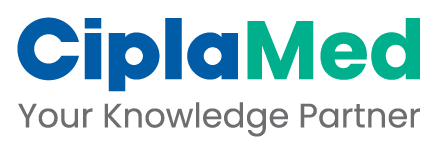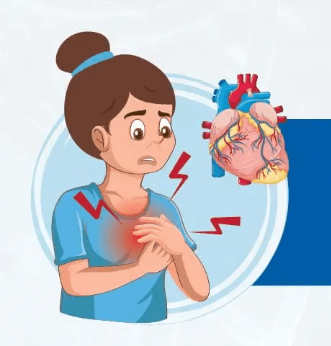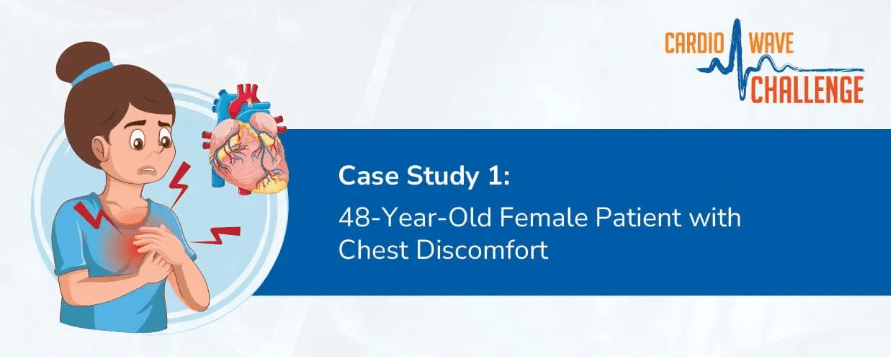Moderators/Speakers: Dr Nancy Albert, Dr Muthu Vaduganathan, Dr Minal Kanti Das, Dr Bikam Bhaskur, Dr Robert Page
Clinical Realities and Priorities in Initiating GDMT for Heart Failure
Key Highlights
Dr Nancy Albert and Dr Muthu Vaduganathan opened the session, outlining the goal of providing practical insights into initiating and optimising GDMT for heart failure patients. The panelists, including experts from India and the U.S., shared their clinical and research perspectives on overcoming real-world challenges in heart failure management.
Does Medication Sequence Matter in HFrEF?
Dr Bhaskur emphasised that achieving full GDMT quickly is more important than the sequence of drug initiation. Evidence suggests that initiating all four drug classes within weeks significantly reduces mortality and hospitalisation risks. In patients post-discharge, rapid up-titration should begin within two weeks.
Therapeutic Polypharmacy and Hospital-Based Initiation
Dr Robert Page encouraged clinicians to reframe polypharmacy as a therapeutic strategy, similar to combination treatments in oncology. Initiating GDMT during hospitalisation enables closer monitoring and increases medication adherence. Pharmacy teams play a crucial role in assessing renal function, blood pressure, potassium levels, and ensuring formulary availability of key drugs like Entresto and SGLT2 inhibitors.
Renal Function, Creatinine Rise, and SGLT2 Initiation
The panel discussed evolving renal function thresholds for GDMT initiation. SGLT2 inhibitors can be started at eGFR ≥20, while RAS inhibitors and MRAs are viable at eGFR ~30. Importantly, an initial creatinine rise after starting therapy is expected and should not be misinterpreted as kidney injury. Long-term use slows eGFR decline and reduces renal failure risk. Nephrology consultation is advised for patients with eGFR <20.
Managing the “Impossible Patient” and Hypotension
In cases of eGFR <20 or hyperkalaemia, the panel recommended carefully titrating therapy based on real-time renal function and potassium levels rather than avoiding GDMT altogether. Asymptomatic hypotension is not a contraindication, and therapy should not be discontinued solely based on low BP. The session concluded by reinforcing that the long-term mortality benefits of GDMT far outweigh initial BP or renal fluctuations.
Overcoming Barriers—Renal Dysfunction, Hyperkalaemia, Hypotension, and Cost in Heart Failure GDMT
Key Highlights
Managing Hyperkalaemia and Renal Dysfunction in GDMT Initiation
Dr Das noted that potassium levels up to 5.4–5.5 mmol/L are acceptable for continuing RAS inhibitors, ARNI, and MRAs, particularly under nephrology supervision. He recommended potassium binders to manage levels proactively. Dr Albert suggested that hydralazine and nitrate combinations could serve as interim therapy in patients with severe renal dysfunction or hyperkalaemia, allowing later transition to core GDMT.
Optimising GDMT Sequencing in High-Risk Patients
For patients at risk of hyperkalaemia with borderline eGFR, Dr Bhaskur highlighted the benefit of starting SGLT2 inhibitors before MRAs, as this may enhance MRA tolerance. Concurrent use of diuretics was advised to manage volume status and potassium levels effectively.
Blood Pressure Considerations and Hypotension Management
The panel agreed that low blood pressure should not automatically preclude GDMT initiation. In asymptomatic patients, therapy can continue unless organ hypoperfusion is evident. GDMT is also feasible in post-cardiogenic shock patients once they are weaned off vasopressors.
Finerenone: A Safer MRA Option for Hyperkalaemia-Prone Patients
Dr Das highlighted finerenone as a nonsteroidal MRA with a lower risk of hyperkalaemia, making it a preferred choice for patients with renal impairment. Though direct comparisons with other MRAs are pending, its renal safety profile has gained support from nephrologists.
Early In-Hospital Initiation of SGLT2 Inhibitors
Dr Vaduganathan cited evidence supporting starting SGLT2 inhibitors as early as day 1 or 2 of hospitalisation, even in patients on IV therapy. He noted that active decongestion during admission may help buffer haemodynamic shifts, making early therapy initiation both safe and well-tolerated.
Addressing Cost Barriers to GDMT
The panel discussed financial challenges in underinsured and immigrant populations, highlighting solutions such as:
-
Manufacturer vouchers for SGLT2 inhibitors
-
Institutional sample programs
-
Medicaid coverage (in select states)
-
Preference for more accessible drugs like ARNI when SGLT2 inhibitors are unavailable
Despite these efforts, limited competition in the generic drug market remains a challenge, leading to forced choices between essential therapies.
Challenges of Aggressive GDMT Initiation in Real-World Practice
A case from a VA cath lab director raised concerns about insufficient consideration of baseline hypotension, orthostatic risk, and comorbidities when aggressively initiating full-dose GDMT. Reported complications included syncope, ICU admissions due to hypotension, seizures, and aspiration events.
Managing GDMT in Complex Patients – Orthostasis, Renal Function, Hyponatremia, and Cost Barriers
Managing Orthostasis and Low BP: A Cautious Approach
The panel emphasized that GDMT should not be applied rigidly in patients with orthostatic hypotension, autonomic dysfunction, or concurrent alpha-blocker use. Strategies for safe initiation include:
-
Low-dose initiation and slow titration
-
Spacing of medications to avoid excessive BP drops
-
Frequent monitoring for signs of hypoperfusion
-
Diuretic reduction is a key but often overlooked step—continuing high-dose diuretics unnecessarily in patients responding to GDMT may worsen hypotension and exacerbate symptoms.
Hypotension vs. Hyponatremia: A Hidden Neurologic Risk
Dr Das pointed out that severe hyponatremia is often an unrecognized contributor to neurologic symptoms in heart failure patients, including seizure-like presentations. Patients with volume overload and SIADH-like syndromes require close sodium monitoring, alongside potassium and renal function assessments.
Contrast Nephropathy vs. RAAS Therapy in PCI Patients
Concerns about contrast-induced nephropathy (CIN) post-PCI should not deter early RAAS inhibitor use. The panel highlighted that:
-
CIN definitions (e.g., creatinine rise >0.3–0.5 mg/dL) may overestimate clinical risk.
-
Zero-contrast and low-contrast PCI techniques (e.g., IVUS-guided angioplasty) can reduce renal burden.
-
GDMT can be initiated in parallel with PCI if careful monitoring is in place.
Pharmacy-Led Cost Solutions and Transitions of Care
-
An example from Atrium Health showcased a proactive, pharmacy-led strategy for GDMT access:
-
Cost consult services: In-house pharmacy teams assess affordability before discharge.
-
EHR-integrated cost notes: Epic-based documentation helps clinicians align care plans with financial feasibility.
-
Sample use and voucher screening: Pharmacists proactively secure manufacturer discounts and coupon programs.
-
This model led to 80%+ success rates in securing medication access, making it a sustainable hospital initiative.
Bridging the Evidence-to-Practice Gap
Despite strong trial data, therapeutic inertia remains a challenge. The panel discussed ways to accelerate GDMT uptake:
-
Patient education initiatives (e.g., simplifying GDMT into a “four core therapies” model).
-
Setting clear expectations for dose titration and follow-ups.
-
Leveraging AI-driven and app-based monitoring tools to track adherence and clinical response.
ACC.25, March 29 - 31, 2025, Chicago




